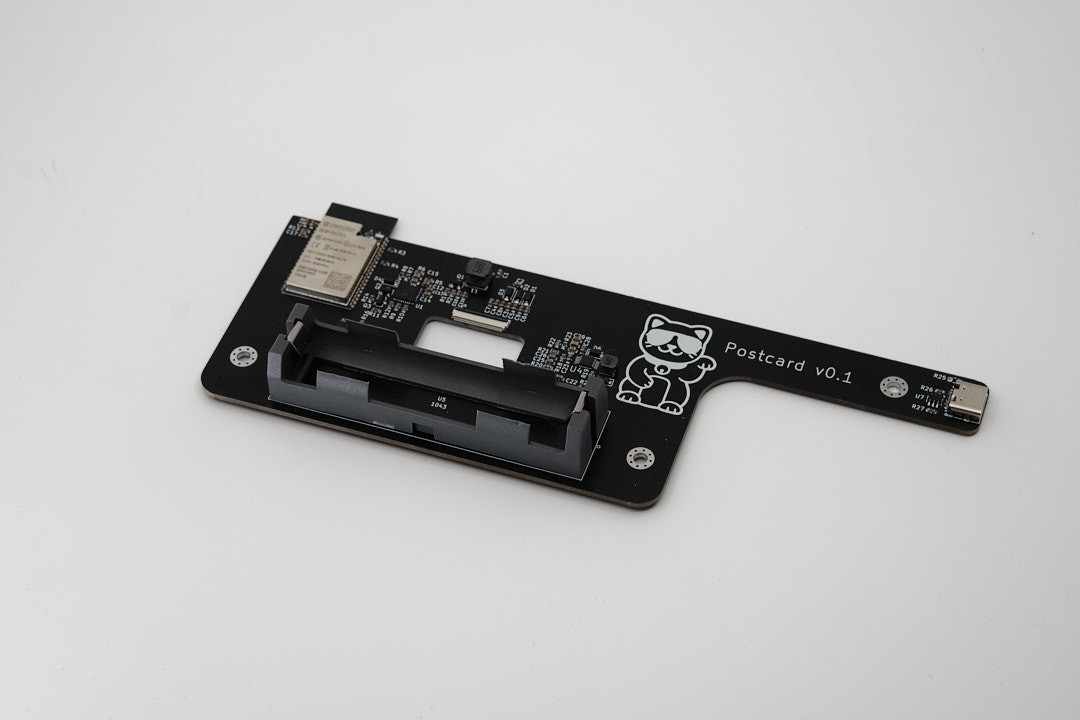
It's really just an e-ink digital picture frame, which can cycle through a list of photos. You can generate links to share with friends, that allow them to upload photos which will appear on your frame, as a kind of slow, fancy and black and white snapchat I guess. It's got a web interface where you can change settings, remove photos (if you get a dog photo for example, and you are not a dog fan), block links (if your friend shares their link in a dog lovers chat for example) and so on. Of course, there's always some risk of unsolicited dog photos, depending on who you give upload links to.
It's based on an ESP32 and battery powered, and should be able to get several hundred photo updates out of a single charge (still testing the limits). The draw with the ESP32 in deep sleep is not negligible though so even with once daily updates I think it will only get about 2 weeks out of a charge. It takes a USB-C charger input.
The frame is some milled wood because I'm impatient and careless, and prefer to get a robot to cut wood for me than making a mess of it myself. The custom PCB fits inside, and the e-ink screen (laminated glass e-ink screen from Waveshare) is fixed to the frame with some glue.
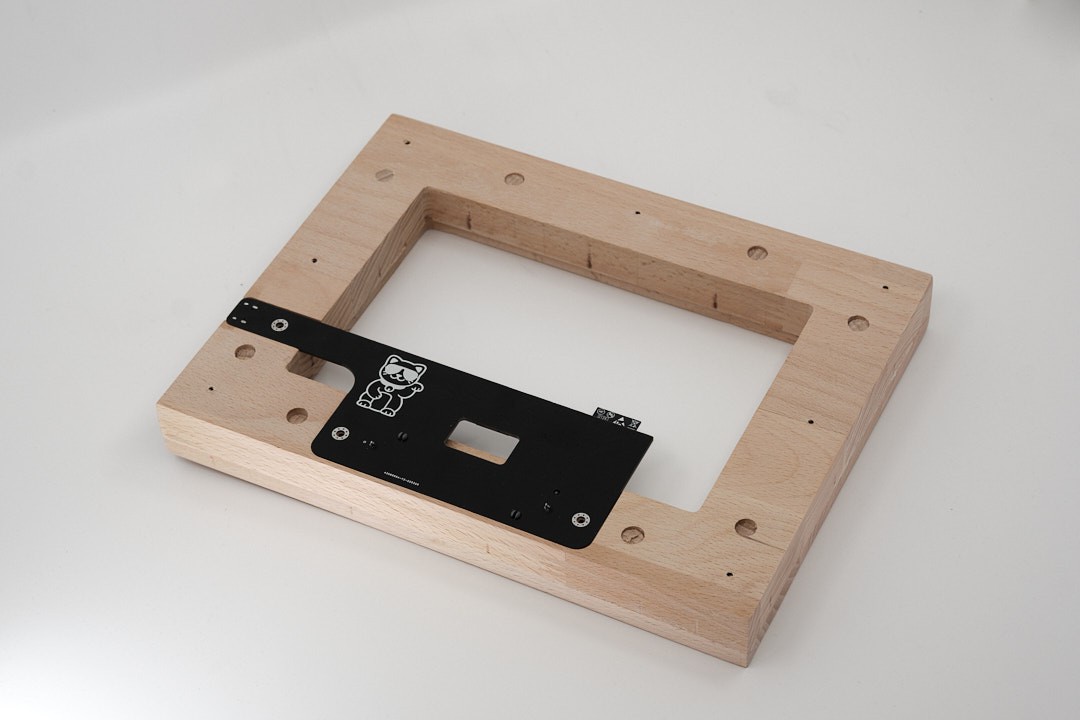
The images can be uploaded in most common formats, and the interface takes care of the conversion to a 1 bit binary black white image. It's only an 800x480 resolution binary black white screen, so the images look at best artistic, but for some classy photos they can come out quite nice in black and white (and it doesn't matter if your phone has a crappy camera).

Simplistic cartoons can also come out well, but as long as the details aren't too small.
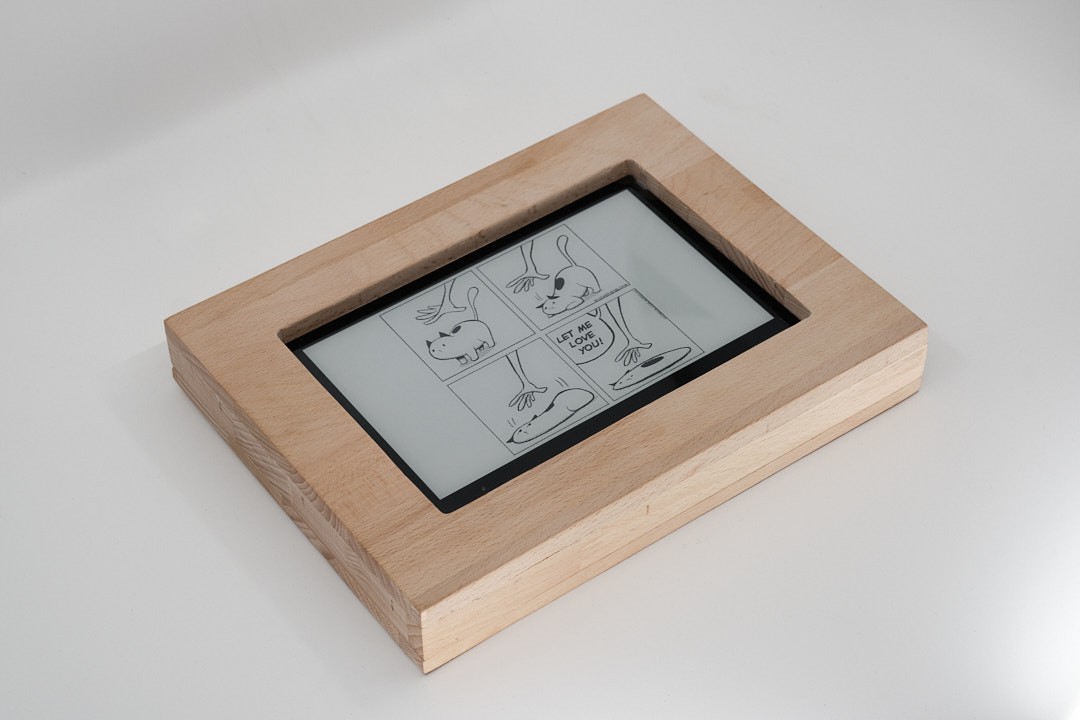
So it can work quite well to share certain memes as well.
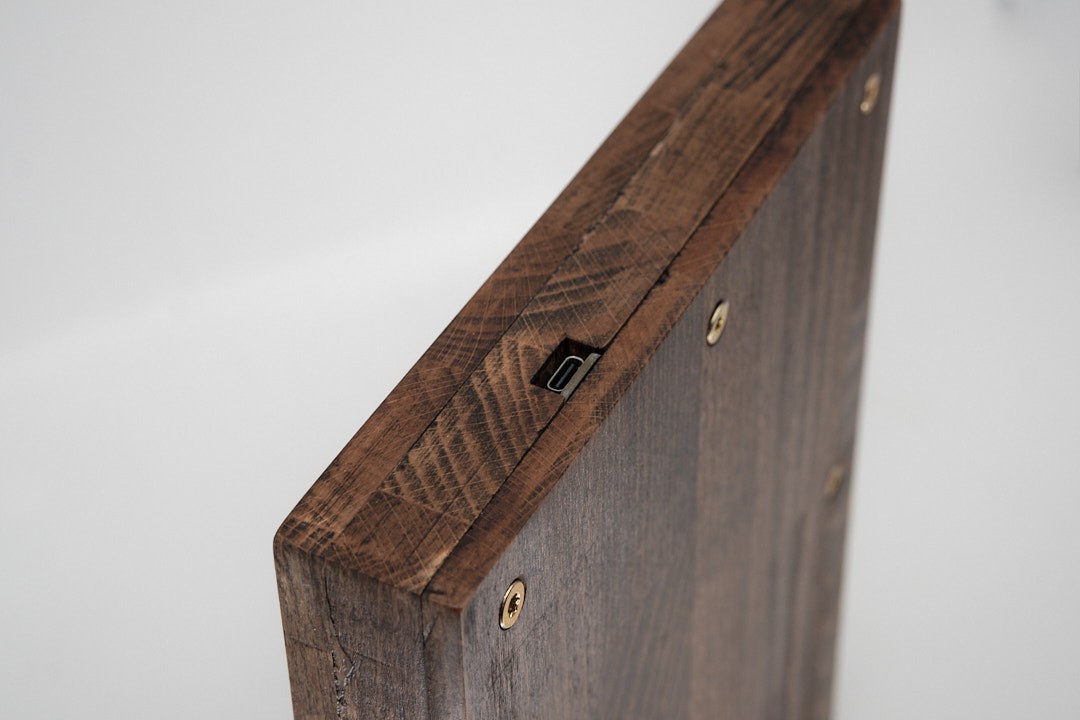
The USB charger is unfortunately still visible, so it can't pass fully for a standard picture frame, but hopefully it's not too noticeable.
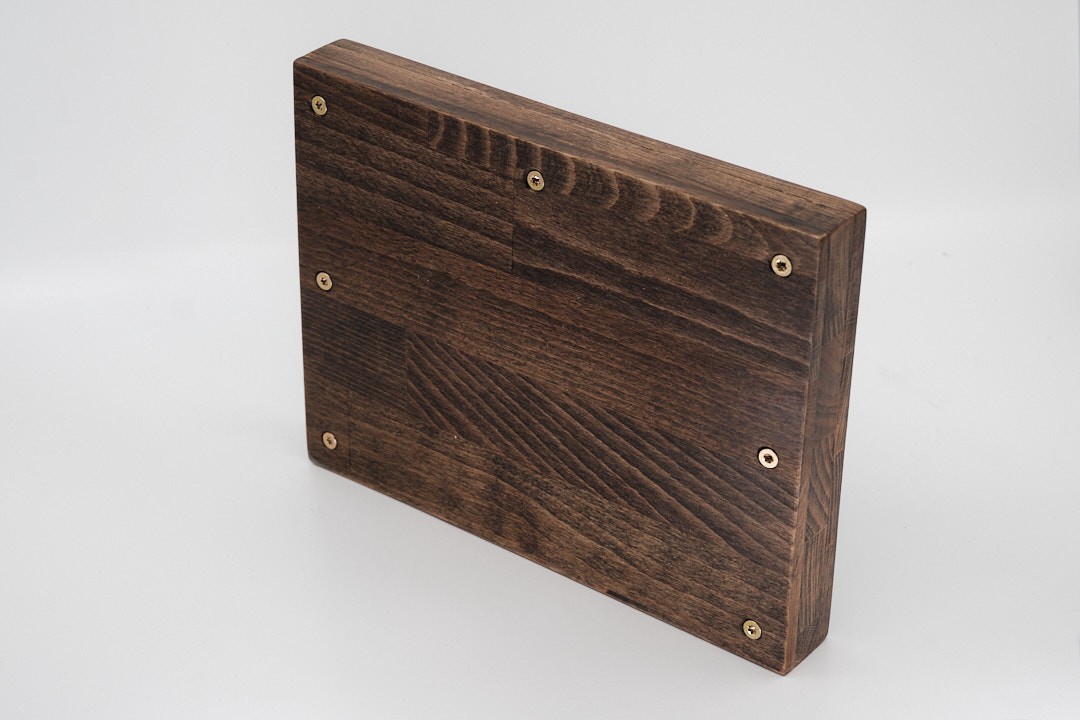
The back is screwed on, and can be unscrewed if you ever want to get inside for any reason (maybe ants build a nest inside?), but normally there should be no reason to open it.
The image changing routine is not as subtle as I'd like, but you can also specify the times of day the frame updates, to be sure you never see it change and you are greeted by a new one each morning. Or evening. Or lunch time. The nice thing as well about the e-paper screen is that it looks just as good in full sun.
I'm not so sure where to go with it now, as I've just made a couple of gifts for friends and family. I'm uncomfortable sharing the source code as it currently all runs off my own webpage, and I'm not confident enough in the security to make it all public right now. Happy to share the PCB files though if it's of interest to anyone.
 Cameron
Cameron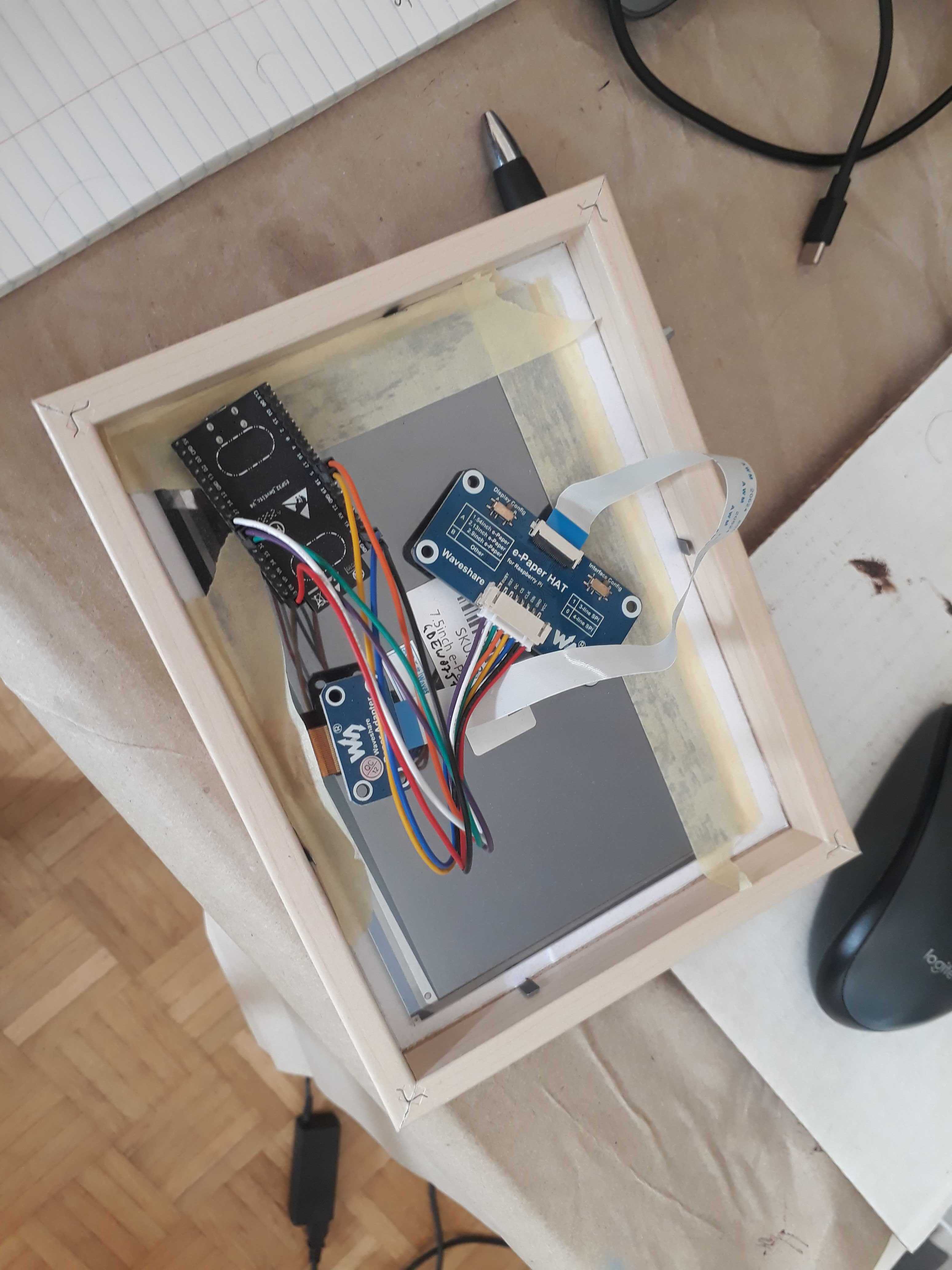

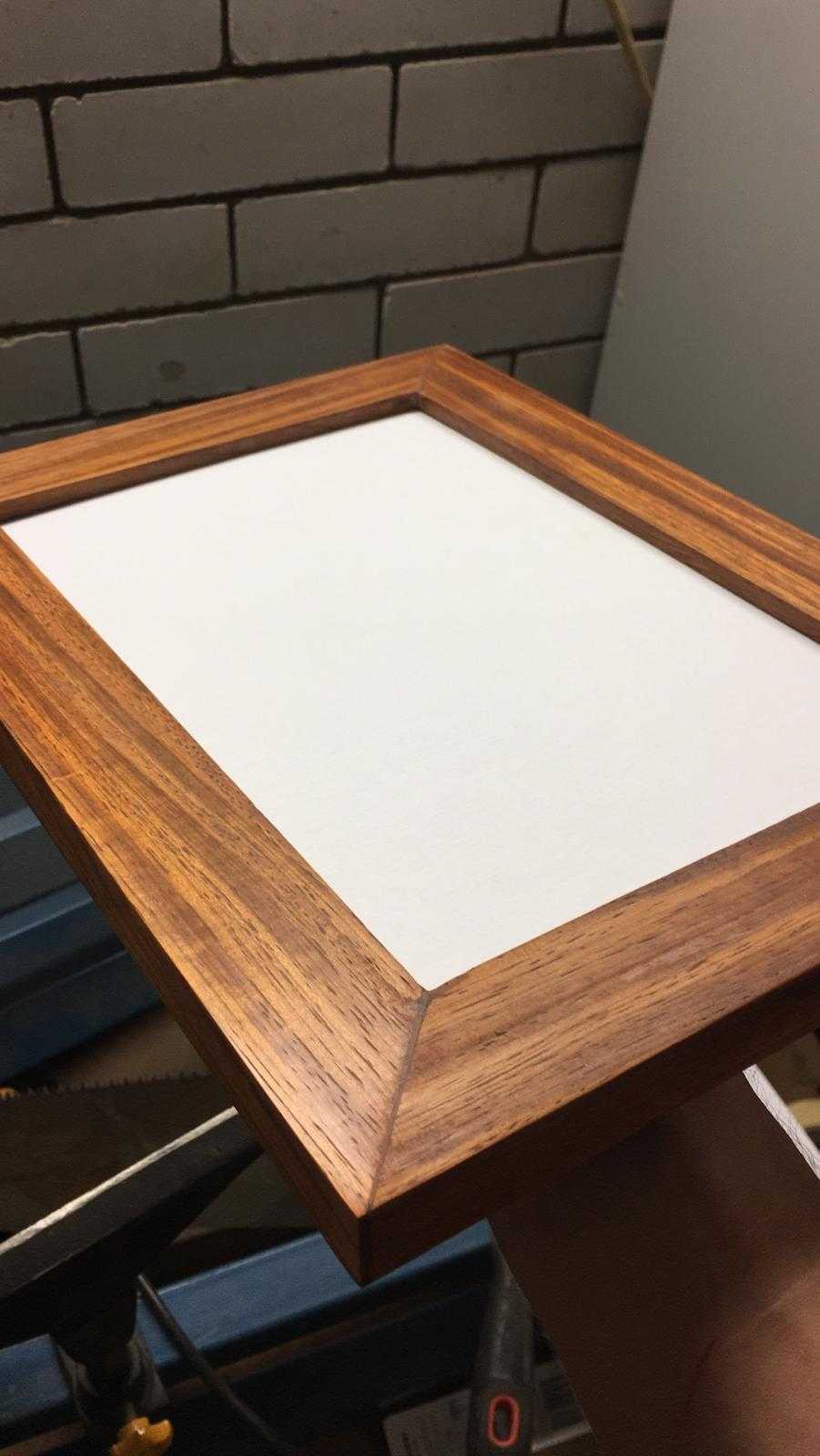







 Jacob David C Cunningham
Jacob David C Cunningham
 tklenke
tklenke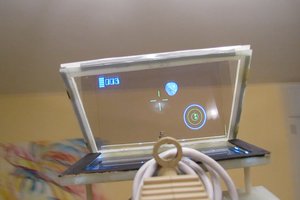
 avishorp
avishorp
 Muth
Muth
so... where are the board files?